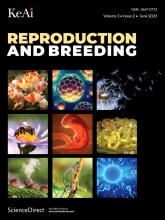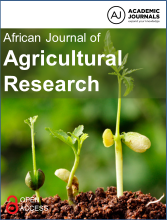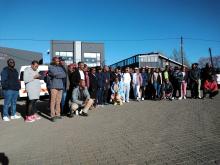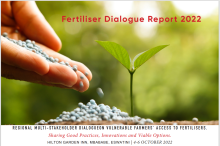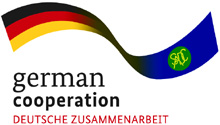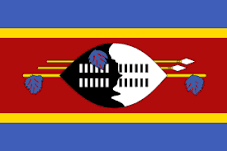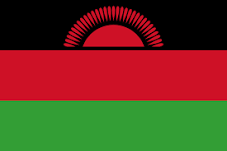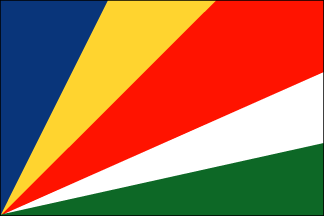Among the biotic stresses that affect cowpea (Vigna unguiculata L) productivity, infestation by cowpea bruchid beetles (Callosobruchus maculatus) is a major problem, causing yield losses of up to 100 %. To alleviate this problem, use of resistant varieties is a feasible approach for small-scale farmers. In Zambia, there are no reported sources of resistance to C. maculatus. The objectives of this study were: i) to evaluate certain cowpea mutants, generated at the University of Zambia, for resistance to C. maculatus; ii) to cluster the tested genotypes based on height, number of pods per plant, 100-seed weight, yield ha-1, number of eggs laid and adult emergence; and iii) to evaluate the candidate mutants for protein content. Experiments were conducted at three locations in 2014/15. The mutants, LT 11-5-2-2, BB 7-9-7-5 and BB-14-16-22, were found to be resistant to C. maculatus across locations and they out-performed their respective parents (p< 0.05) in the degree of resistance to C. maculatus. Cluster analysis, using selected agronomic parameters, showed that the selected resistant mutants (cluster B) were more similar to each other (95 %) than to Namuseba and Msandile (included as susceptible genotypes), which clustered at a similarity level of 78 % (cluster A). The mutants, LT 11-5-2-2, BB 7-9-7-5 and BB-14-16-22, showed resistance to C. maculatus, but their protein content was similar to their parents, indicating that this crucial trait had been maintained in the mutants.
International Atomic Energy Agency (IAEA)
Langa, L., Pungulani, L., Sohati, P., Mataa, J., & Munyinda, L. (2017) Resistance to Callosobruchus maculatus Developed Via Gamma Radiation in Cowpea. Journal of Agriculture and Crop [online] vol 3(8), pp 65-71. Available at: : http://arpgweb.com/?ic=journal&journal=14&info=aims

